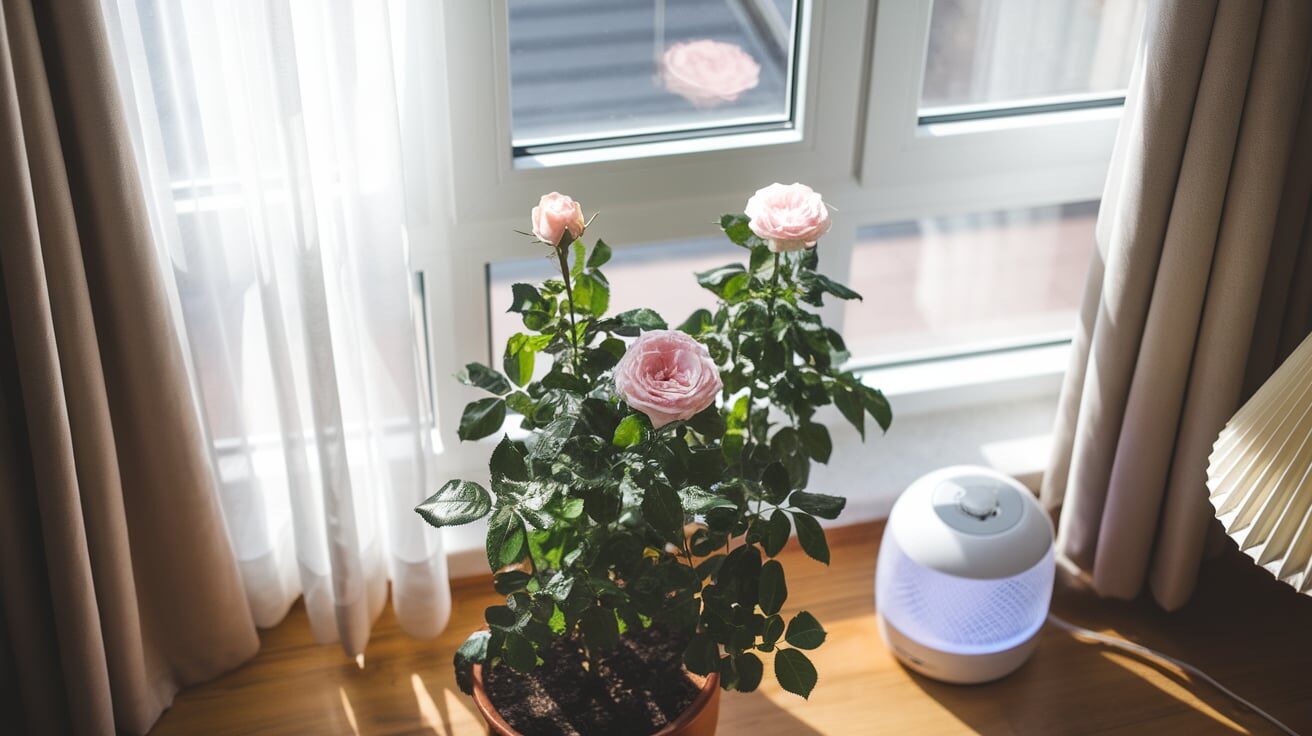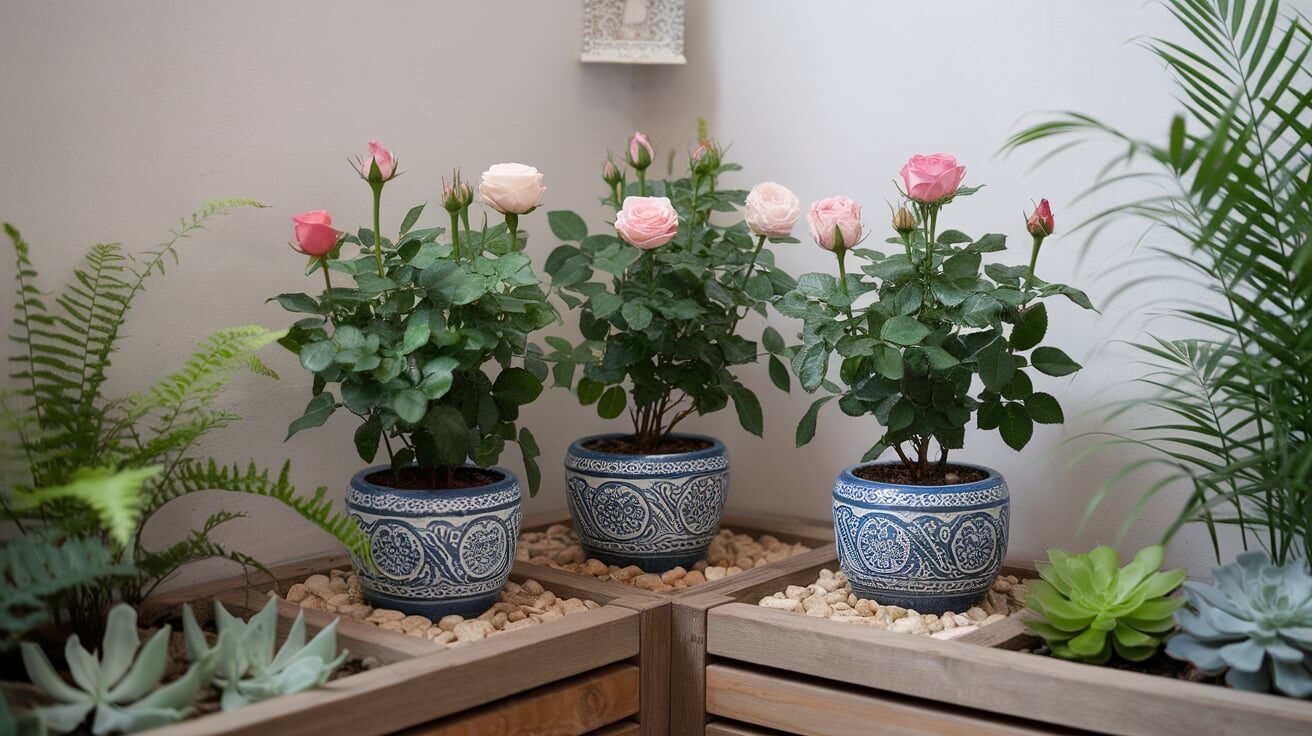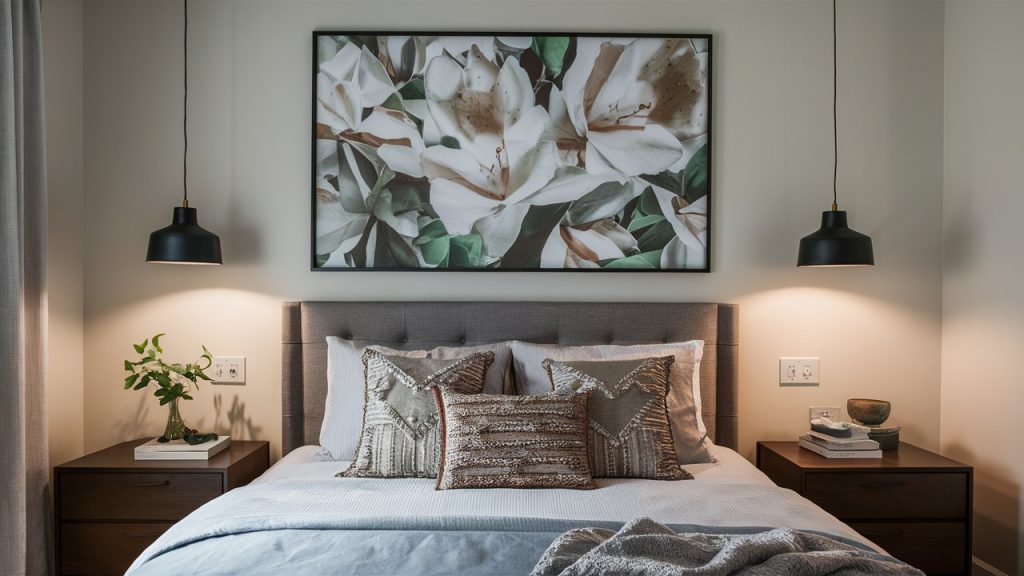Roses are often considered the crown jewels of any garden, but did you know they can thrive indoors too? Learning how to take care of indoor rose plants year-round can transform your living space into a blooming paradise. However, growing roses indoors requires a bit more attention than their outdoor counterparts. This guide will walk you through everything you need to know, from choosing the right variety to troubleshooting common problems. Whether you’re a seasoned gardener or a beginner, these tips will help you keep your indoor roses healthy and vibrant.
Key Takeaways
Table of Contents
Why Grow Roses Indoors?
Indoor roses bring a touch of elegance and fragrance to your home. They’re perfect for those who lack outdoor space or live in colder climates. Plus, caring for roses indoors can be a rewarding hobby that adds beauty to your daily life. Imagine waking up to the sight of vibrant blooms and the subtle scent of roses filling your living room. It’s a delightful way to bring nature indoors and create a serene environment.
Choosing the Right Rose Variety for Indoors
Not all roses are suited for indoor growing. Miniature roses, such as the ‘Patio Hit’ or ‘Sunblaze’ varieties, are ideal due to their compact size and adaptability. Hybrid tea roses can also thrive indoors if given proper care. When selecting a rose variety, consider factors like growth habit, bloom size, and fragrance. Opt for disease-resistant varieties to minimize maintenance challenges.
Comparison of Indoor Rose Varieties
Variety | Size | Bloom Color | Fragrance | Difficulty Level |
|---|---|---|---|---|
Miniature Rose | Compact | Various | Mild | Easy |
Hybrid Tea Rose | Medium | Single Color | Strong | Moderate |
Patio Hit | Small | Mixed | Moderate | Easy |

Essential Supplies for Indoor Rose Care
To get started, you’ll need a few key supplies:
Having these tools on hand ensures you’re prepared to provide the best care for your indoor roses.
Ideal Growing Conditions for Indoor Roses
Roses need at least 6 hours of sunlight daily. Place them near a south-facing window or use grow lights if natural light is insufficient. Maintain a temperature of 60-75°F and humidity levels around 40-60%. If your home is dry, consider using a humidifier or placing a tray of water near the plant to increase moisture levels.

How to Plant Indoor Roses
Proper planting sets the foundation for healthy growth.
Watering Indoor Roses: The Right Way
Over watering is a common mistake. Water your roses when the top inch of soil feels dry. Use room-temperature water and ensure excess water drains out to prevent root rot. During winter, reduce watering frequency as the plant’s growth slows down.
Fertilizing Indoor Roses for Optimal Growth
Feed your roses every 4-6 weeks during the growing season with a balanced fertilizer. Avoid over-fertilizing, as it can lead to salt buildup in the soil. Organic options like fish emulsion or compost tea are excellent alternatives for those seeking natural solutions.
Pruning Indoor Roses: A Step-by-Step Guide
Pruning encourages new growth and prevents disease. Use clean, sharp shears to remove dead or diseased branches. Cut at a 45-degree angle just above a leaf node. Regular pruning also helps maintain the plant’s shape and promotes airflow, reducing the risk of fungal infections.

Managing Pests and Diseases in Indoor Roses
Common pests include aphids, spider mites, and powdery mildew. Treat infestations with insecticidal soap or neem oil. Regularly inspect your plants to catch issues early. For fungal diseases, ensure proper airflow and avoid wetting the leaves during watering.
Seasonal Care for Indoor Roses
Seasonal Care Checklist for Indoor Roses
Season | Light | Watering | Fertilizing | Pruning |
|---|---|---|---|---|
Spring | Bright | Increase | Every 4-6 weeks | Light pruning |
Summer | Bright | Regular | Every 4-6 weeks | Deadheading |
Fall | Moderate | Reduce | Stop | Prepare for dormancy |
Winter | Bright | Minimal | None | None |
Adjusting your care routine with the seasons ensures your roses remain healthy year-round.
How to Encourage Blooming Indoors
Ensure your roses receive enough light and nutrients. Deadhead spent blooms to encourage new flowers. Maintain consistent care routines to keep the plant stress-free. If blooms are sparse, consider adjusting the light or fertilizing schedule.
Common Mistakes to Avoid with Indoor Roses
Troubleshooting: Why Is My Indoor Rose Plant Dying?
Yellow leaves may indicate over watering, while brown edges suggest under watering. Drooping can be a sign of root rot or insufficient light. Address these issues promptly to revive your plant. Regularly check the soil moisture and adjust care routines as needed.
Repotting Indoor Roses: When and How
Repot your roses every 1-2 years to refresh the soil and provide more space for growth. Choose a pot that’s slightly larger than the current one and follow the planting steps outlined earlier. Repotting also allows you to inspect the roots for any signs of disease or rot.
Creative Display Ideas for Indoor Roses
Place your roses in decorative pots or hanging planters. Group them with other indoor plants to create a lush, green corner. Use stands or shelves to elevate them for better visibility. A well-displayed rose plant can become a stunning focal point in any room.

Conclusion
Caring for indoor rose plants year-round may seem daunting, but with the right knowledge and tools, it’s entirely achievable. By following these tips, you can enjoy the beauty and fragrance of roses in your home no matter the season. Remember, consistency is key—your roses will reward your efforts with stunning blooms.
Frequently Asked Questions
How do you keep roses alive indoors?
Provide bright light, consistent watering, and proper humidity.
How to care for indoor potted roses?
Use well-draining soil, fertilize regularly, and prune as needed.
Why is my indoor rose plant dying?
Check for overwatering, insufficient light, or pest infestations.
How often do you water roses indoors?
Water when the top inch of soil is dry, typically once or twice a week.
Can indoor roses bloom year-round?
Yes, with proper care, indoor roses can bloom multiple times a year.
What is the best soil for indoor roses?
Use a well-draining potting mix with added compost for nutrients.

Robert Martin is a passionate blogger and versatile content creator exploring the intersections of personal finance, technology, lifestyle, and culture. With a strong background in financial literacy and entrepreneurship, he helps readers make smarter money moves, build sustainable side hustles, and achieve financial independence.
Beyond finance, Robert shares his insights on home decor and gardening—offering practical ideas for creating beautiful, functional living spaces that inspire comfort and creativity. He also dives into the dynamic worlds of sports and celebrity news, blending entertainment with thoughtful commentary on trends that shape today’s pop culture.
From decoding the latest fintech innovations to spotlighting everyday success stories, Robert delivers content that’s informative, relatable, and actionable. His mission is to empower readers to live well-rounded, financially confident lives while staying inspired, informed, and ahead of the curve.




